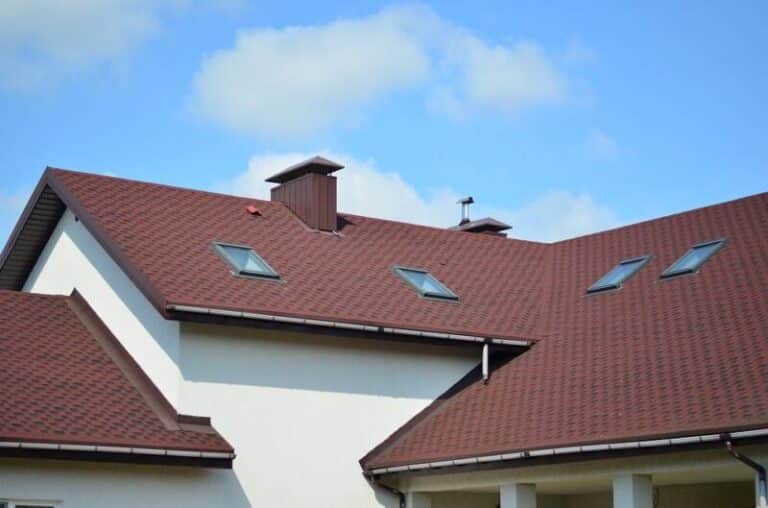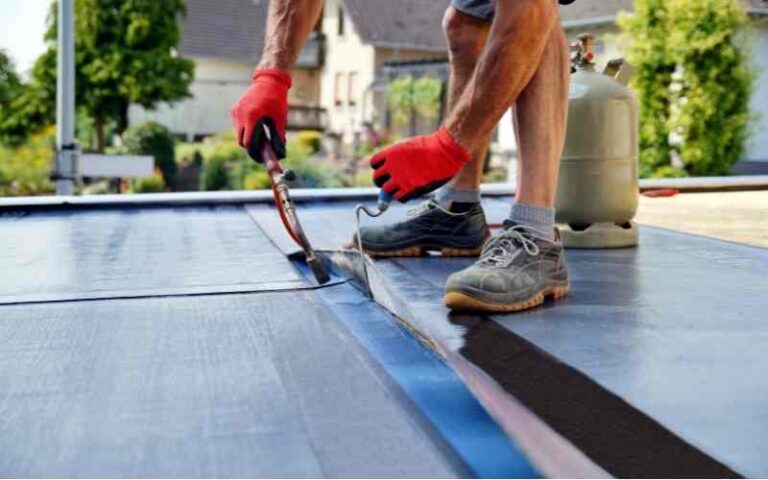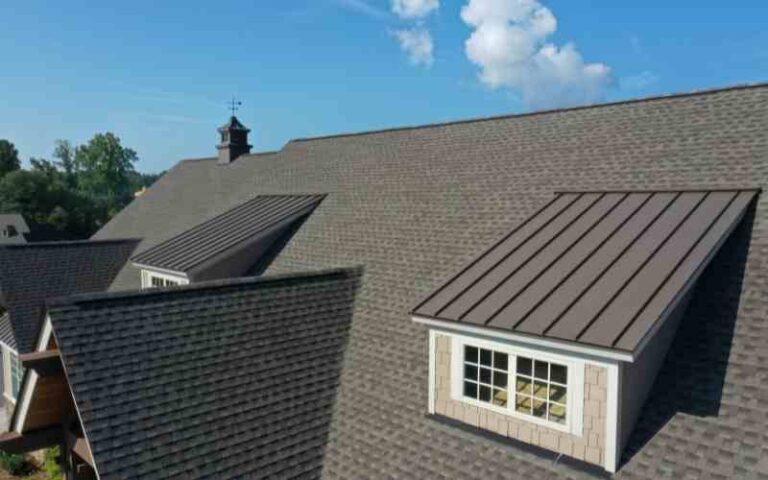There are many roofing and siding certifications that you can go for, and each of them offers a unique insight to your customers on the type of service and materials you offer.
The idea behind each one is to tell customers what type of service they can expect from you. After all, it’s not every day that they need to hire a roofing or siding expert for their property.
Customers are always looking for the best, and no matter how extensive your marketing ventures are, if they don’t trust you, they won’t hire you. Certification by tried and tested or well-renowned companies is the way to ensure that you are attractive to customers.
While many states have relatively similar agencies that license roofers and siding experts, the process of getting registered varies greatly. Extra requirements may include, but aren’t limited to:
- Proof of insurance
- Proof of experience
- Past performance report
- Customer reviews
- And an exam to check the roofers’ knowledge.
Once you have acquired the necessary certification, you are more than welcome to market it. By doing so, you will be helping customers manage expectations. Some of those expectations include:
- You know and meet local and state laws and codes for roofing and siding installation/repair.
- You have a track record of offering high-quality services and handling your responsibilities.
- You are knowledgeable in the art of installing roofs and sidings.
- You have superb workmanship and customer service.
This article will go over the Importance of Certified Roofing & Siding, an example, and how you can acquire the necessary certification.
Ready for a Roofing Quiz?
What is a Certified Roofing Contractor
By obtaining a roofing contractor certification, you can easily set your business apart from the crowd. A certified roofing contractor is a certificate of recognition from the state or a manufacturer that you are knowledgeable and trustworthy in the art of roof installation and how to use the manufacturer’s material to the consumer’s advantage.
The certificate further shows that you and your employees have gone through extensive training regarding the techniques and material you use. The training required usually involves months and years of training, which must be retained and revised concerning the latest industry practices and material every year.
Whether the certification is given by the state or by a manufacturing company, representatives often oversee the installation and repair process being used before giving their “seal of approval” on the service.
The manufacturer also tells the consumers that by hiring you, the customer will be getting verified material and the warranty associated with your name.
Some examples include the HAAG certification, LP Building Products certification, Master Shingle Application Certification, SELECT ShingleMaster Certification, and a range of others.
The HAAG Certification
HAAG certification shows that the engineer has learned the roofing essentials for residential, commercial, and industrial roof damage repair and replacement. While the residential aspect of the certification involves
- Inspection
- Installation and
- Repair of sloped roofs
Certified roofing companies also need to be familiar with metal, tile, wood, cement, fiber, and slate roofs.
Furthermore, the commercial course also includes
- Working on flat roofs
- Damage assessment
- General inspection
- Installation
- Repair
- A much wider range of materials used
- A basic study of
- Tornadoes
- Hail
- Winds
- Hurricanes
- Thunderstorms
- Earthquakes, and more.
What is a Certified Siding Contractor
Siding contractors are also similar to roofing contractors, except that instead of roofs, they are certified to work on the siding installer for better protection and wind and water damage on residential and commercial structures. Siding is usually confined to external work only.
The state-based certification tells the world that the individual or individuals in the company have been trained to install the strong, robust siding.
It is important to note that the certifications revolve around the siding’s strength, material, and technique only – not its design or visual appeal itself.
The certification further tells consumers that the company and its individuals are well-versed with the tools and other equipment needed to install siding and can install the same evenly and solidly. For a siding certification, your company must learn the basics of:
- Steel siding
- Aluminum siding
- Vinyl siding
- Stucco siding
- Wood siding
- Essential skills with a primary focus on physical strength and stamina
- Experience with heavy tools
- Nailers
- Hammers
- Mallets
- Sheathing
- Installation of
- Flashing
- Fascia
- Gutters
- Chimney expertise, and more.
There are several siding certifications, such as the VSI Product Certification Program.
VSI Produce Certification
This independent, third-party certification is based on the ISO/IEC 17065 that focuses on product durability, placement expertise, and the installers’ judgment capabilities, particularly which material would be more suitable.
The certification further includes quality control and assurance procedures for each siding installed. The certificate provider constantly evolves these processes concerning the evolving climate conditions throughout the globe.
The standard particularly focuses on evaluating vinyl siding to make sure that it complies with the ASTM D3679 product standard. Key considerations include:
- Weather resistance
- Wind load
- Impact resistance
- Expansion and shrinkage of the material used
- The distortion between plats and their conformity
- Length, width, and thickness of the material used
- Rate of burn
- Adhesive used and its compatibility with materials
- Thermal insulation used
Related: Azek Siding Vs. Hardie Board (In-Depth Comparison)
Benefits of Getting Certified
Becoming a certified roofing and siding company in Montana may seem like a lot of work, but there is no denying that you will seem much more attractive to your clients with it to customers. Several tiers in most certifications further help customers gauge your trustworthiness and general appeal.
Following are the tiers that most certifications offer and the benefits you can expect after that.
Bronze – 3 Years
These certifications show that you have spent three years as a trusted roof or siding installer in Montana. The certificate allows you to use your title, certification level, and the provider’s logo on your website or resume.
Silver – 5 Years
Silver certifications showcase not only your workers’ expertise but are also a testament to your leadership and management skills.
Gold – 5 Years
Just like silver, gold certifications are also often awarded after five years. Gold certificates also suggest that new installers may look up to you for guidance, apart from representing your certified silver expertise.
Platinum – 10 Years
Once achieved, this certification showcases your knowledge to the world and that you are a trusted resource for others looking to become a certified roofing and siding company. Of course, this makes you a subject matter expert, and therefore, customers may turn to you often.
Platinum Plus – <15 Years
This is usually given to global companies only or those who have a seat at the ‘high table’ of roofing and siding installers. This certification shows that you have truly transcended in the industry and can even create industry standards if needed.
Some certifications require several years of prior experience, while others may be more lenient. Several manufacturers require exams or a demonstration of your service and/or clientele. If you want to acquire a certification for any form of roofing service in Montana, give us a call.
Let us find the right certification for you and help you increase your customer base!






